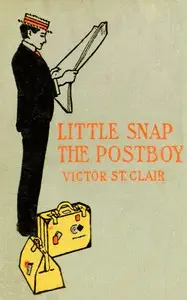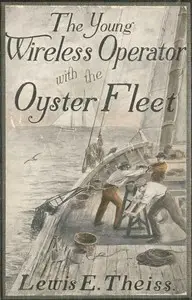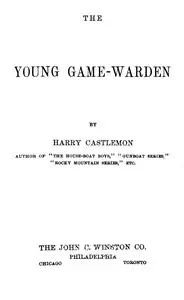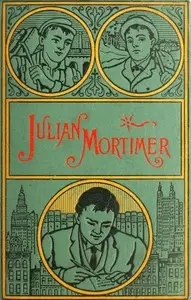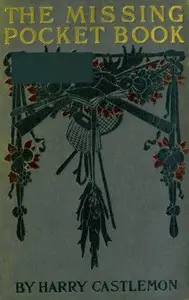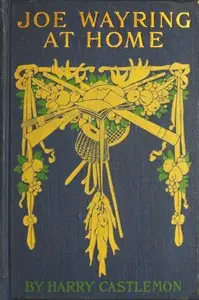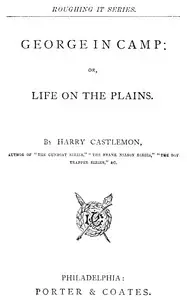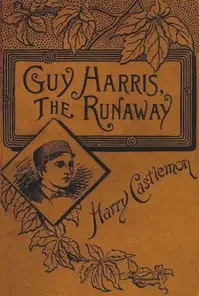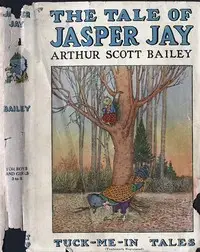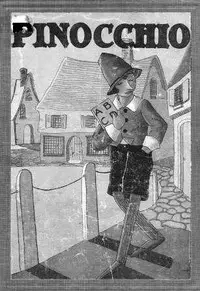"The Mail Carrier" by Harry Castlemon is a story that follows David Evans, a hardworking young trapper whose success in catching quails turns the envy of other local boys into conflict. David, a responsible young boy, must also navigate his complicated family life, where he deals with his disgraced father, Godfrey, who schemes to steal David's earnings, and his mischievous brother, Dan, who helps his father in his schemes. Early in the story, David returns home victorious, cash in hand, after shipping his quails, only to find himself dealing with threats to his hard-earned money, setting up a story about family struggles, loyalty, and good versus evil.
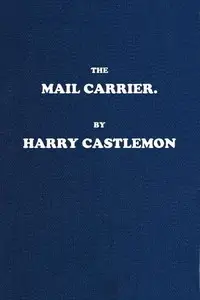
The Mail Carrier
By Harry Castlemon
A determined young trapper's success becomes a battle to protect his earnings from his scheming family.
Summary
About the AuthorCharles Austin Fosdick, better known by his nom de plume Harry Castlemon, was a prolific writer of juvenile stories and novels, intended mainly for boys. He was born in Randolph, New York, and received a high school diploma from Central High School in Buffalo, New York. He served in the Union Navy from 1862 to 1865, during the American Civil War, acting as the receiver and superintendent of coal for the Mississippi River Squadron. Fosdick had begun to write as a teenager, and drew on his experiences serving in the Navy in such early novels as Frank on a Gunboat (1864) and Frank on the Lower Mississippi (1867). He soon became the most-read author for boys in the post-Civil War era, the golden age of children's literature.
Charles Austin Fosdick, better known by his nom de plume Harry Castlemon, was a prolific writer of juvenile stories and novels, intended mainly for boys. He was born in Randolph, New York, and received a high school diploma from Central High School in Buffalo, New York. He served in the Union Navy from 1862 to 1865, during the American Civil War, acting as the receiver and superintendent of coal for the Mississippi River Squadron. Fosdick had begun to write as a teenager, and drew on his experiences serving in the Navy in such early novels as Frank on a Gunboat (1864) and Frank on the Lower Mississippi (1867). He soon became the most-read author for boys in the post-Civil War era, the golden age of children's literature.

